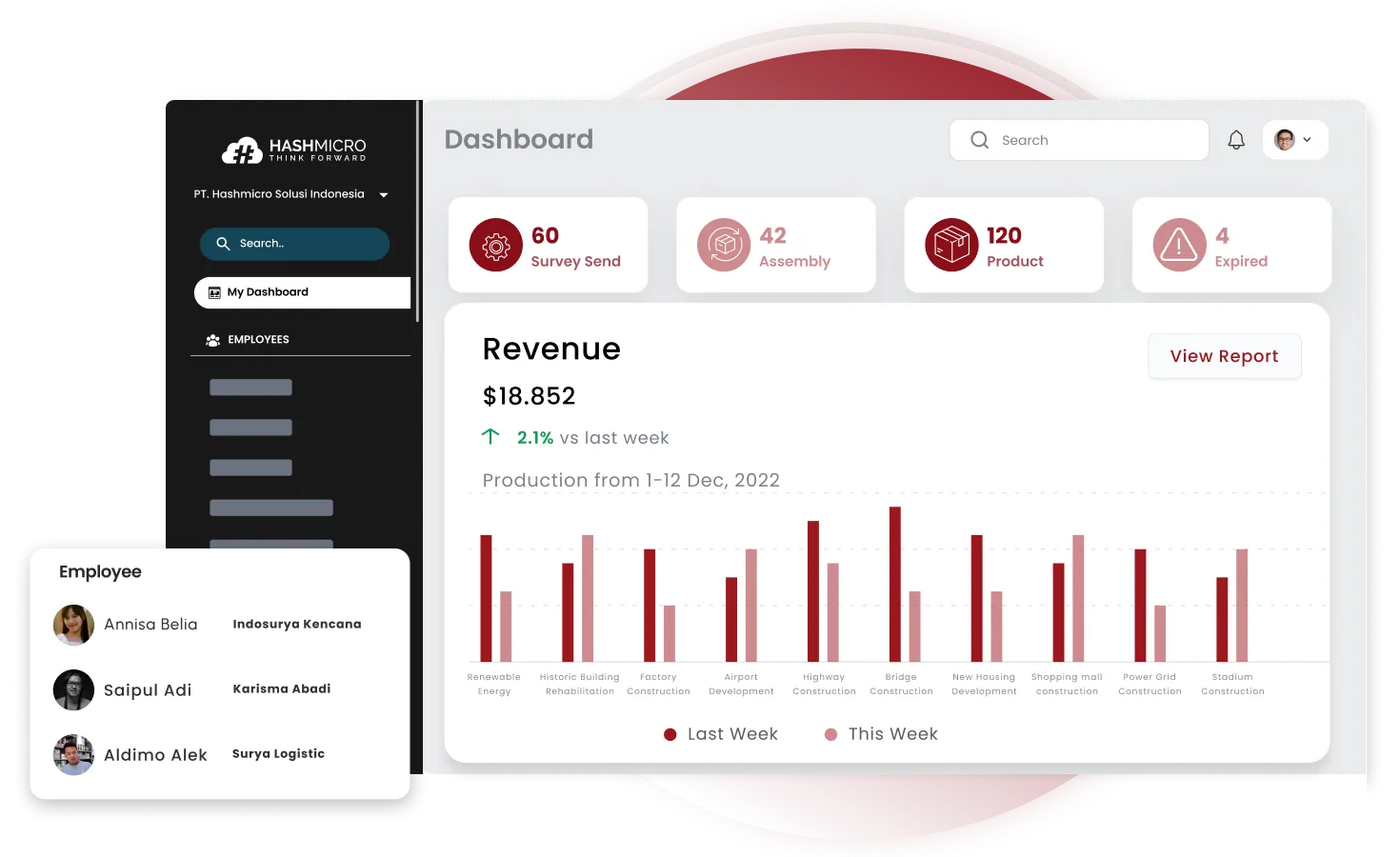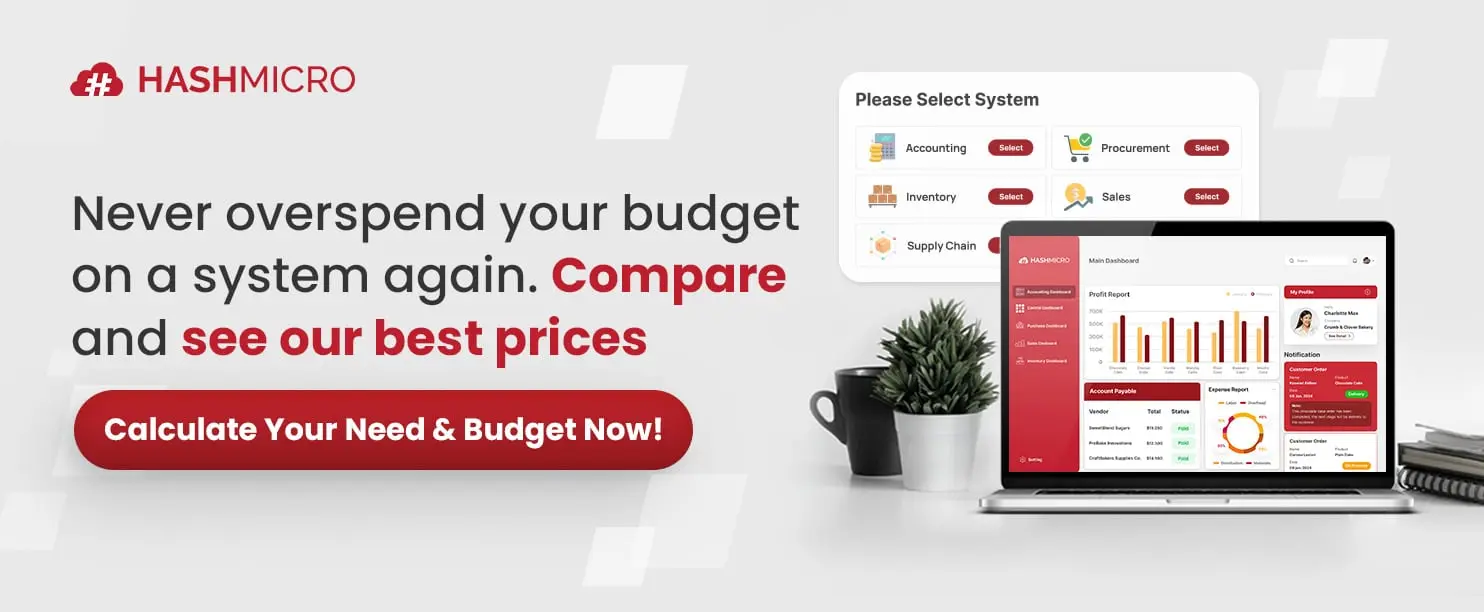I’ve seen firsthand how managing site inventory can make or break a project’s budget and timeline. The uncontrolled nature of construction sites makes assets vulnerable to loss, damage, and costly inaccuracies.
This chaos leads to delays and financial drains, which is why adopting specialized construction software is crucial for gaining control. It transforms reactive problem-solving into proactive, data-driven management.
In this article, I’ll walk you through the essential strategies and technologies to master on-site inventory control. Try our free demo and read on to find how to turn your site management from a liability into a strategic advantage.
Key Takeaways
|
What Is Site Inventory and Why Is It Crucial for Business?
Site inventory refers to all physical assets, materials, and equipment located at a specific worksite. Unlike warehouse stock, it is dynamic and exposed to harsh conditions, requiring a different management approach.
Effective control is crucial because it directly impacts project costs, timelines, and overall quality. Poor management leads to financial loss from waste and theft, while proper oversight ensures operational success.
Key Components of Site Inventory You Must Track
An effective system begins with understanding the different types of assets you need to monitor on-site. Grouping inventory helps apply the right tracking methods to ensure no valuable asset is overlooked.
-
Materials and consumables
This includes disposable goods like cement, sand, and cables that are fundamental to project completion. Tracking them prevents stockouts that halt work or overstocking that burdens the budget.
-
Tools and equipment
This category covers reusable items from hand drills to welding machines whose loss is common on busy sites. A check-in/check-out process prevents loss and monitors the condition of each tool.
-
Heavy machinery and assets
High-value assets like excavators and cranes represent a project’s most significant investment. Tracking their location, usage, and maintenance is critical to avoid costly downtime and safety risks.
-
Finished goods or pre-fabricated components
For modular construction, this includes items like pre-cast panels or window units ready for installation. Proper management ensures these components arrive just-in-time and in good condition.
The Process of Implementing Effective Site Inventory Management
 A reliable site inventory system requires a structured process from planning to execution. Following these steps helps build a solid foundation for managing on-site assets efficiently and accurately.
A reliable site inventory system requires a structured process from planning to execution. Following these steps helps build a solid foundation for managing on-site assets efficiently and accurately.
-
Planning and goal setting
First, define clear goals and Key Performance Indicators (KPIs), such as reducing asset loss by a certain percentage. This phase also involves identifying all assets to track and assigning team responsibilities.
-
Choosing the right tracking method
Select a method that suits your operational scale, from manual spreadsheets for small projects to digital tools. Barcodes or QR codes are ideal for most sites, while RFID offers automated tracking for high-value assets.
-
Conducting an initial stock count
Before launching a new system, perform a physical count of every item to establish an accurate baseline. This initial data is critical for the integrity and reliability of your entire management system.
-
Establishing receiving and issuing procedures
Create clear Standard Operating Procedures (SOPs) for when materials enter or leave the site. Enforcing these rules ensures that every transaction is recorded accurately and maintains data integrity.
-
Auditing and reconciling stock regularly
Conduct regular audits, such as cycle counting, to identify discrepancies between your system’s data and physical stock. This helps correct errors and improve processes to prevent future variances.
Common Challenges in Managing Site Inventory and Their Solutions
Managing inventory in a dynamic project environment presents unique challenges not found in a warehouse. Recognizing these issues early is key to designing effective solutions that protect assets and keep projects on track.
-
High risk of asset loss and theft
Open sites are prime targets for theft, while misplacement is common on cluttered job sites. The solution is combining physical security with a digital check-in/check-out system and GPS trackers.
-
Material damage due to weather and poor storage
Materials like cement or wood can be damaged by exposure to the elements if stored improperly. Plan for adequate on-site storage and implement a First-In, First-Out (FIFO) system to use older stock first.
-
Data inaccuracy from manual processes
Relying on paper or spreadsheets leads to human errors and inaccurate data that causes poor decision-making. Switching to a digital system with barcode scanning automates data entry and ensures real-time accuracy.
-
Lack of real-time visibility of stock and asset locations
Not knowing asset locations or stock levels wastes time and hampers daily work planning. A centralized inventory management software provides a live, accurate overview accessible from any device.
Modern Technologies to Optimize Site Inventory Management
Today’s technology offers sophisticated tools that automate processes and provide unprecedented visibility over site assets. Adopting these innovations allows companies to manage resources more effectively and gain a competitive edge.
-
Centralized inventory management software
This system acts as a single source of truth for all inventory data, from stock levels to movement history. An ERP integrates this data with other business functions like procurement and accounting.
-
Tracking with Barcodes and QR Codes
This cost-effective technology digitizes tracking by affixing scannable labels to each item. Field teams can use smartphones to record movements, reducing data entry errors and speeding up processes.
-
RFID for automated tracking
RFID tags enable automated tracking without direct line-of-sight scanning, ideal for high-value assets. Readers at site exits can automatically log every tagged tool that enters or leaves the premises.
-
GPS and Geofencing for mobile assets
GPS provides the real-time location of mobile assets like heavy machinery to optimize deployment and prevent theft. Geofencing creates a virtual boundary and sends an alert if an asset moves outside the designated area.
Site Inventory Best Practices for Long-Term Success
Implementing technology is only half the battle; sustainable success comes from embedding best practices into your daily culture. These habits ensure your system continues to deliver maximum value to the business over time.
-
Foster a Culture of Accountability
Provide comprehensive training to ensure every team member understands their role in maintaining data integrity. Assign clear responsibilities for receiving, issuing, and auditing assets to increase discipline.
-
Leverage Data for Strategic Decisions
Regularly analyze inventory data to identify trends, such as frequently used materials or equipment prone to repairs. Use these insights to improve supplier negotiations and create more accurate project budgets.
Optimize Your Site Management with HashMicro’s Solution
 With an integrated system like HashMicro Construction Software, companies can overcome common site management challenges. It centralizes control to help you achieve a higher level of operational excellence and make informed decisions.
With an integrated system like HashMicro Construction Software, companies can overcome common site management challenges. It centralizes control to help you achieve a higher level of operational excellence and make informed decisions.
Features of HashMicro’s ERP Software for Site Management:
- Real-Time Inventory Tracking: Provides a live view of stock levels and locations by recording every item movement across multiple sites.
- Asset Maintenance Management: Schedules and logs preventive maintenance activities to keep machinery and equipment in optimal condition.
- Mobile Accessibility with QR Code & Barcode Scanning: Enables field teams to update inventory data instantly using mobile devices to scan items on-site.
- GPS Tracking & Geofencing: Monitors the live location of mobile assets on a digital map and sets virtual boundaries for security alerts.
- Integration with Procurement and Accounting: Connects inventory data with purchasing and financial modules to automate reordering and cost tracking.
Discover how our solutions can concretely help your business improve efficiency and data transparency. We invite you to try the free demo to see the software in action.

Conclusion
Effective site inventory control is essential for maintaining project efficiency and profitability. It requires a strategic blend of clear processes, accountability, and the right technology to succeed.
Implementing a solution like HashMicro Construction Software provides the centralized visibility and automation needed to manage these complexities. It transforms on-site asset management from a challenge into a competitive advantage.
Discover how our system can streamline your operations and deliver tangible results for your projects. We invite you to schedule a free demo to see the software in action.

FAQ About Site Inventory
-
What is the difference between site inventory and warehouse inventory?
Site inventory is located at a dynamic project site and is exposed to external risks, while warehouse inventory is stored in a controlled, stable environment. Management for site inventory requires more robust, real-time tracking and security measures.
-
What is the best method for tracking construction inventory?
The best method depends on scale. For small projects, barcodes/QR codes are cost-effective. For larger projects with high-value assets, a combination of RFID for automated tracking and GPS for heavy machinery provides the highest accuracy and security.
-
How does ERP software improve site inventory management?
ERP software improves site inventory management by centralizing all data on one platform. It integrates inventory information with procurement, accounting, and project management, automating processes like reordering and providing real-time visibility for better decision-making.


































